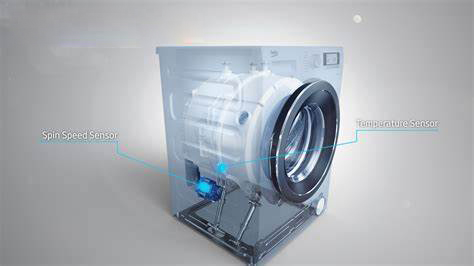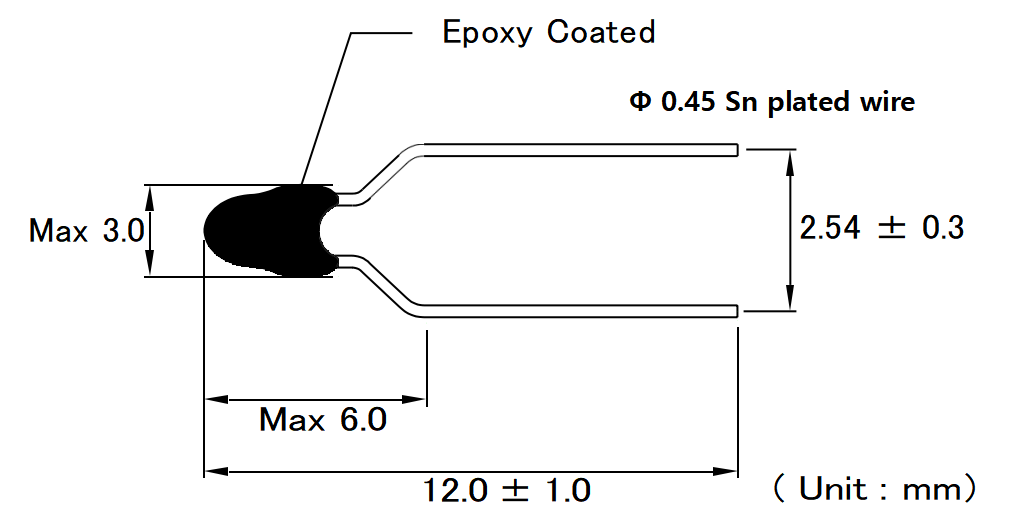News
-
Five Commonly Used Sensor Types
(1) Temperature sensor The device collects information about temperature from the source and converts it into a form that can be understood by other devices or people. The best example of a temperature sensor is a glass mercury thermometer, which expands and contracts as the temperature changes. ...Read more -

Sensor Technology used in Washing Machines
In recent years, the sensor and its technology are more and more widely used in washing machines. The sensor detects the washing machine status information such as water temperature, cloth quality, cloth amount, and cleaning degree, and sends this information to the microcontroller. The microco...Read more -

Advantages of Hall Sensor Element Applied in Home Appliance
Hall sensor is a kind of non-contact sensor. It not only has the effect of energy saving compared with the use of microprocessors, but also enhances reliability and the repairing cost is lower. Hall sensor is a sensor based on semiconductor technology, it is according to the theory of chan...Read more -

How Do Temperature Sensors and Thermostats Control the Water Temperature of a Swimming Pool?
In some pools, normal use requires a relatively constant water temperature, rather than blowing hot and cold. However, due to the change of incoming pressure and temperature of heat source water, the temperature and humidity of swimming pool environment will also change, which will cause the in...Read more -
The Types and Application Introduction of NTC Thermistor
Negative temperature coefficient (NTC) thermistors are used as high precision temperature sensor components in a variety of automotive, industrial, household appliance and medical applications. Because a wide variety of NTC thermistors are available — created with different designs and ma...Read more -
What are the Types of NTC Thermistors Made of Epoxy Resin?
NTC thermistor made of epoxy resin is also a common NTC thermistor, which can be divided into the following types according to its parameters and packaging form: Common epoxy resin NTC thermistor: This type of NTC thermistor has the characteristics of fast temperature response, high precision an...Read more -

The Article to Learn Quickly about the Bimetallic Thermostat Operating Principle and Structure
Bimetallic thermostat is a protective device commonly used in household appliances. It is often used in the project. It can be said that the cost of this device is not high and the structure is very simple, but it plays a very big role in the product. Different from other electrical appliances to...Read more -

Installation Position of the Air Conditioner Sensor
Air conditioning sensor is also known as the temperature sensor, the main role in air conditioning is used to detect the temperature of each part of the air conditioning, the number of air conditioning sensor in the air conditioning has many more than one, and is distributed in the various import...Read more -
The Main Function and Classification of Fuses
Fuses protect electronic devices from electrical current and prevent serious damage caused by internal failures. Therefore, each fuse has a rating, and the fuse will blow when the current exceeds the rating. When a current is applied to a fuse that is between the conventional unfused current and ...Read more -

Name and Classification of Temperature Protectors
Temperature control switch is divided into mechanical and electronic. Electronic temperature control switch generally uses thermistor (NTC) as the temperature sensing head, the resistance value of thermistor changes with the temperature, the thermal signal into electrical signal. This change pass...Read more -

Mechanical Temperature Protection Switch
Mechanical temperature protection switch is a kind of overheat protector without power supply, only two pins, can be used in series in the load circuit, low cost, wide application. The reliability and performance of this protector to make the protector installed in the motor test, the general...Read more -

The Construction and Performance of NTC Thermistor
The materials commonly involved in the manufacture of NTC resistors are oxides of platinum, nickel, cobalt, iron and silicon, which can be used as pure elements or as ceramics and polymers. NTC thermistors can be divided into three classes according to the production process used. Magnetic Bead T...Read more
